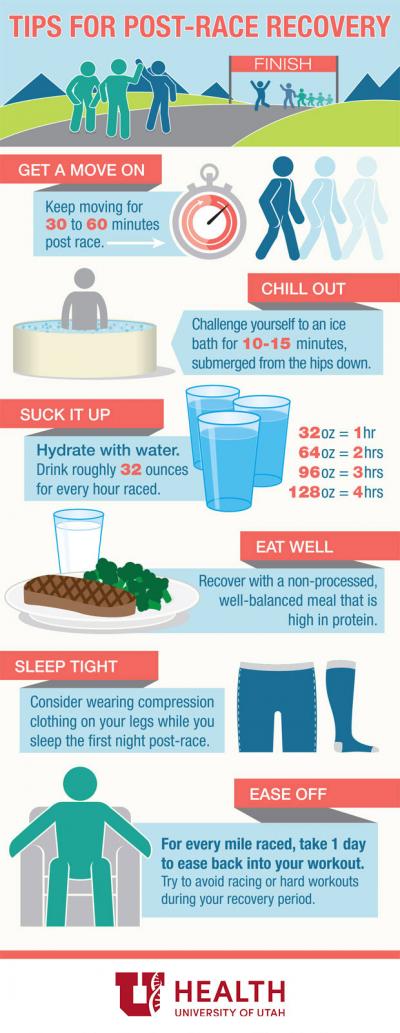14-Week Training Schedule
The goal of the 14-week training schedule is to help you optimize your performance and minimize your risk of injury. The most important key to preventing a running injury is allowing enough recovery time after hard runs.
The days of the week in the schedule give an example of how to lay out your weekly runs to allow enough recovery. You can alter the days to work with your schedule, but try to keep to the general layout of the training schedule. The training schedule assumes you currently have a base of at least 90 minutes of running per week.
Definitions
E = Easy
TH = Threshold runs (tempo runs)
These runs are defined as comfortably hard. After an easy warm-up, ramp up to a pace you are hoping to run your half marathon.
Ways to gauge intensity:
- Around a 7–8 on a 0–10 scale
- 80–90 percent of maximum heart rate
- About 10 seconds slower per minute than your 10K race pace
Hill Repeats
For the Salt Lake City half marathon, the hills are around 100 feet in elevation gain. Look for a similar hill, or find a hill that takes 60 seconds to sprint up.
400 & 800 intervals
Warm up for one mile easy, and cool down for at least five minutes of jogging. Tracks are best for these; however, you can also do them off a track based on time.
- For 400m, sprint for two minutes, jog for two minutes.
- For 800m, sprint for four min, jog for four minutes.
Saturday Runs
These are long, slow runs. Pace should be one to two minutes slower than anticipated race pace or 65–70 percent of max heart rate.
Download the training schedule.







